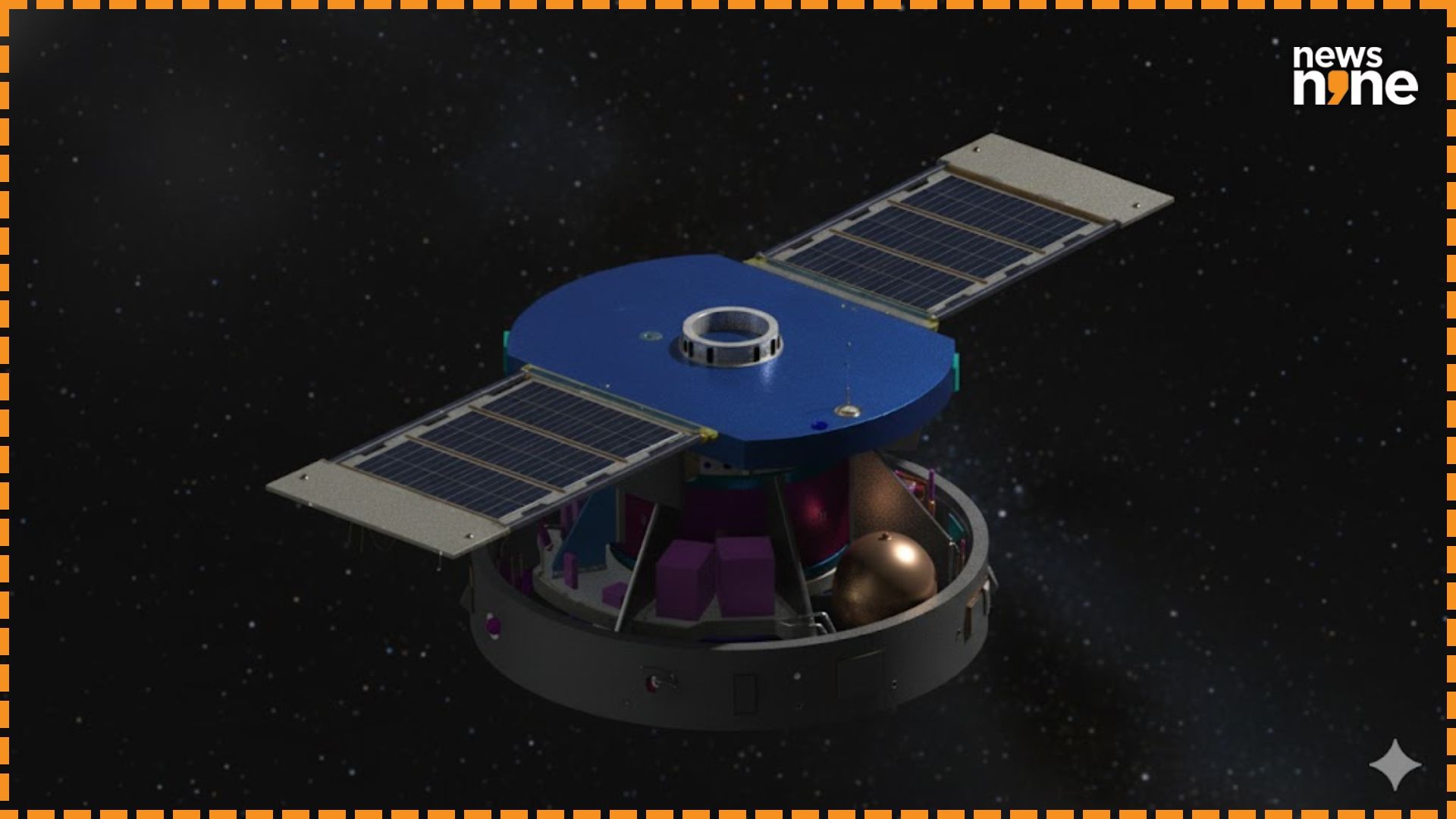New Delhi: During a lecture celebrating the Silver Jubilee of the launch of India’s first satellite, Aryabhata, director of the Vikram Sarabhai Space Centre (VSSC), A Rajarajan revealed a new render of the SSLV Module for in-LEO Experiment (SMILE) platform. This platform was initially revealed to the general public by the call for proposals on the platform by Indian National Space Promotion and Authorisation Centre (IN-SPACe), the single window-clearing agency for all space activities from India back in June. A render of the SMILE platform packed into the nose cone of the rocket was revealed at that time, with the new render depicting the platform with the solar panels deployed.
The PSLV Orbital Experimental Module (POEM) platform has proven to be an incredible success for ISRO, allowing the space startups in the country to gain valuable first-hand experience in operating an orbital payload, proving flight heritage of Indian hardware, and attracting more customers for the technology. ISRO has also been using the POEM platform for validating the technologies developed by its own centres across the country, as well as academic payloads, but the biggest benefit is for New Space startups. The platform is available essentially for free to Indian academia and industries.
The sustainable use of outer space
The upper stages of rockets typically used to be discarded after deploying the payloads, becoming junk that continues to orbit the Earth. By equipping the upper stage with solar panels for electricity, and communications services to ground stations, ISRO provided a low-cost orbital platform for demonstrating novel technologies and conducting microgravity experiments. The SMILE platform on the SSLV, ISRO’s newest and smallest rocket dedicated for launching small satellites is expected to enjoy a similar success. Agnikul Cosmos has also pivoted to a new design of its Agnibaan rocket that uses the upper stage as an orbital platform. The SSLV-L1 flight with the SMILE platform on board is expected to launch before the end of the year.
